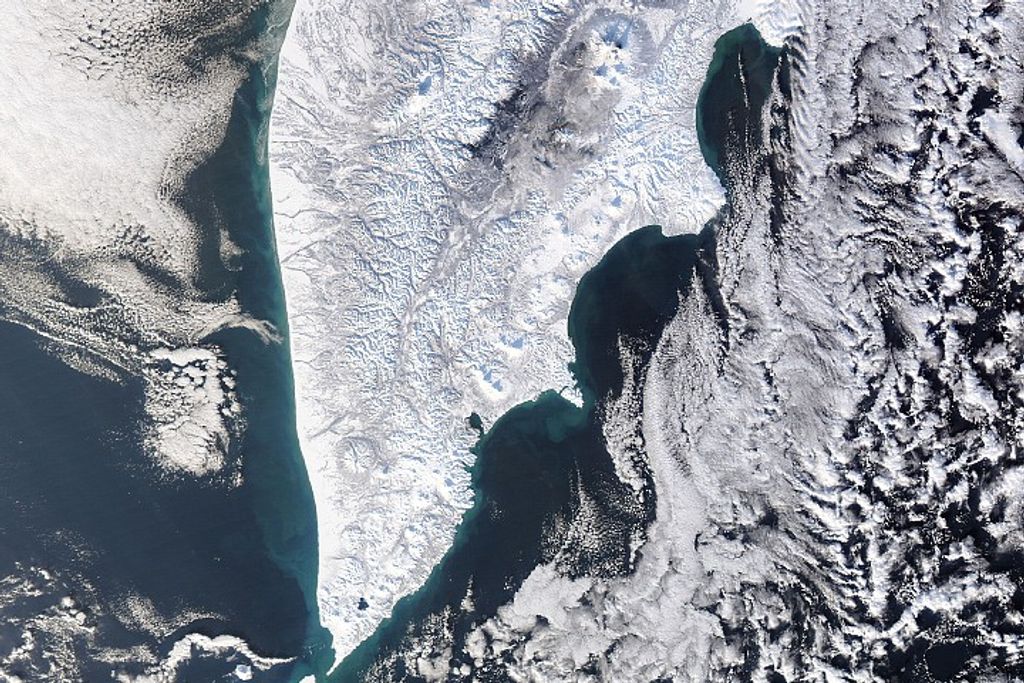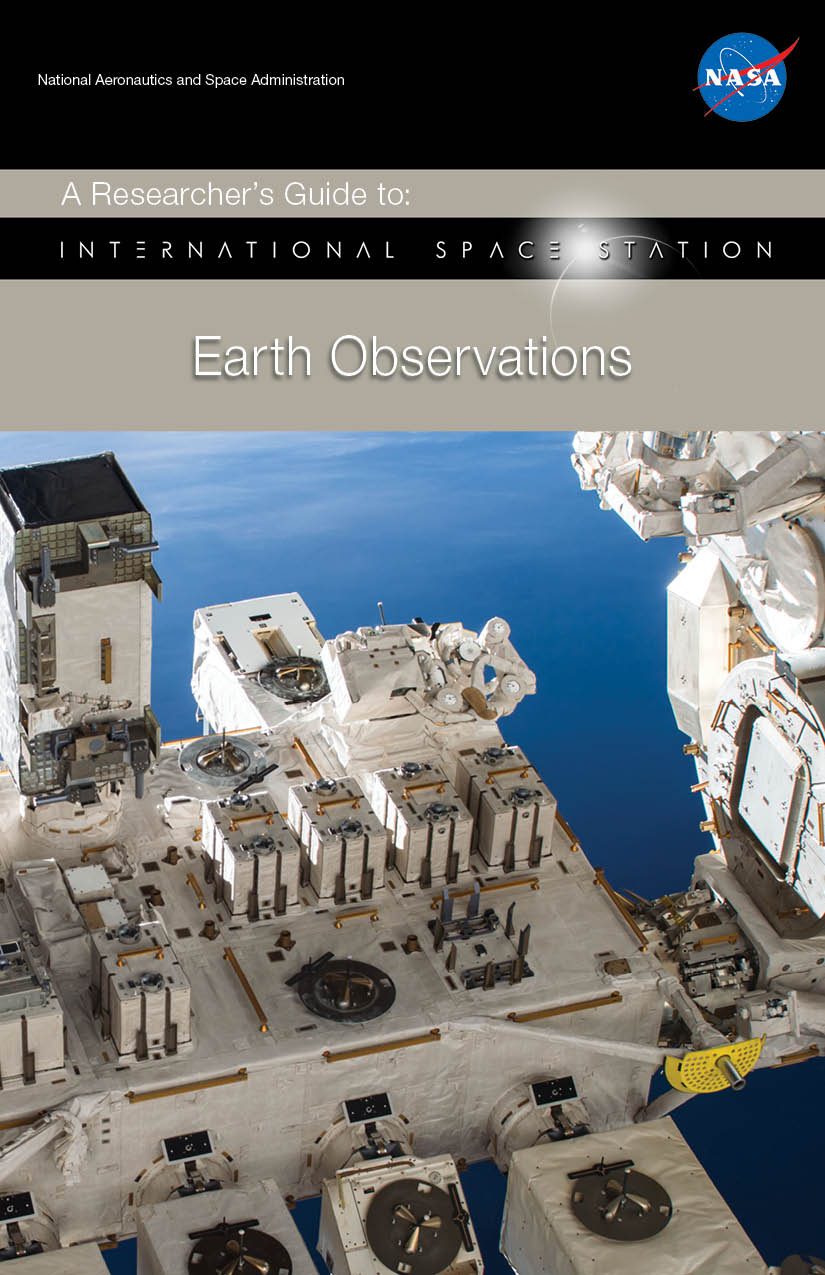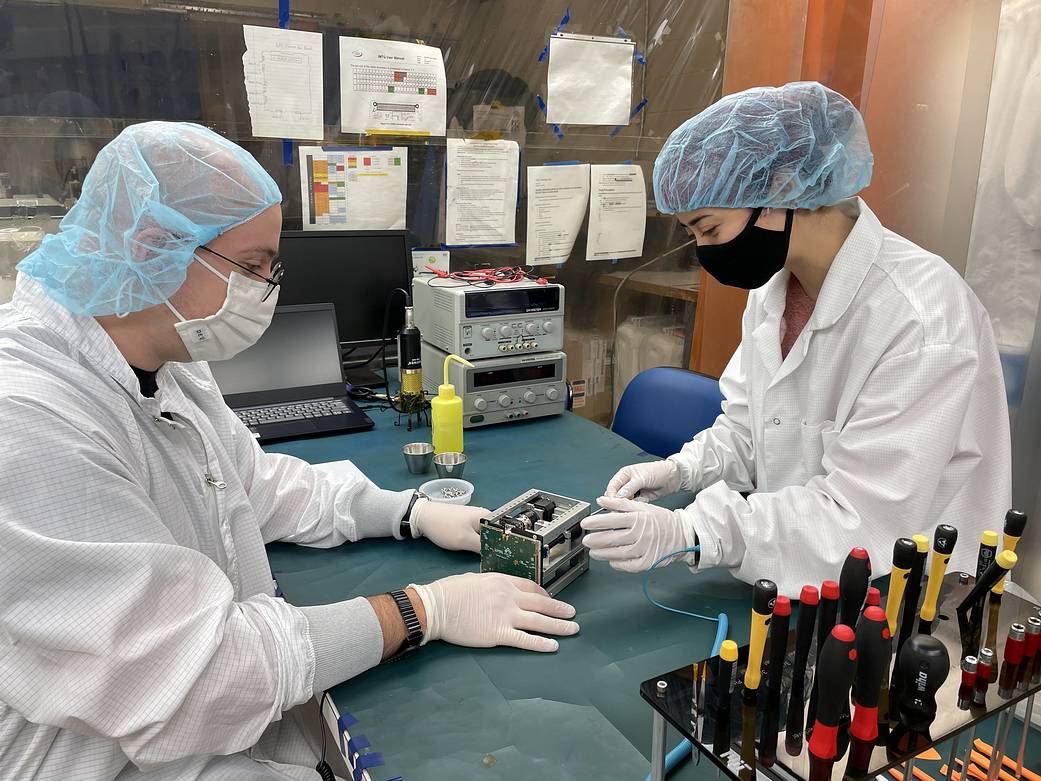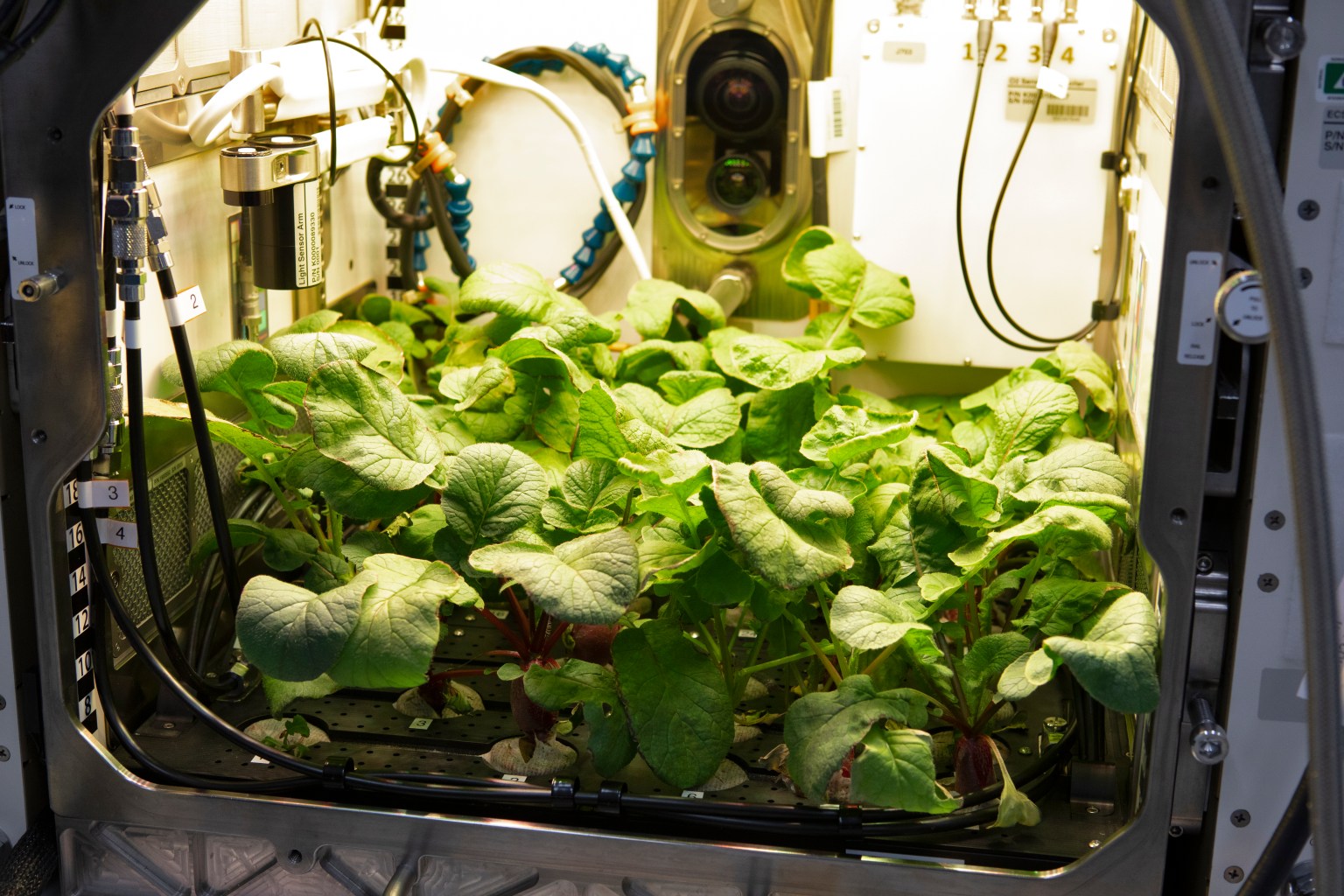January 2020 Edition
By William L. Stefanov, Ph.D.
Lindsey A. Jones
Atalanda K. Cameron
Lisa A. Vanderbloemen, Ph.D.
Cynthia A. Evans, Ph.D.
The Earth is a complex, dynamic system comprised of diverse components that interact in complex ways which are not yet fully understood. In order to improve our ability to predict climate, weather, and natural hazards. We need to understand the Earth’s atmosphere, lithosphere, hydrosphere, cryosphere, and biosphere as contributing elements of a single connected system.
The purpose of NASA’s Earth science program is to advance our scientific understanding of Earth as a system and its response to natural and human-induced changes. The ISS provides a unique platform to view and study the Earth from space by supporting crew-operated and ground-commanded sensor systems. Multiple instruments, both mounted externally and operated from inside the Station, are used to collect data on the Earth’s oceans, atmosphere, and land surface.
This Researcher’s Guide includes information on past, current, and planned ISS Earth observation systems. It also provides introductory information on payload development processes and potential funding options.
All eBook readers: EPUB [4.7 MB]
PDF readers: PDF [2.2 MB]
































